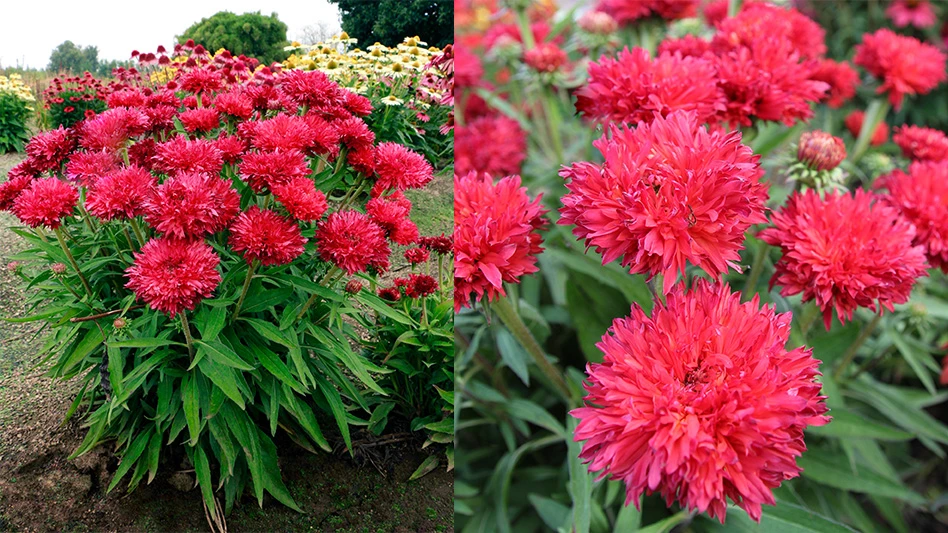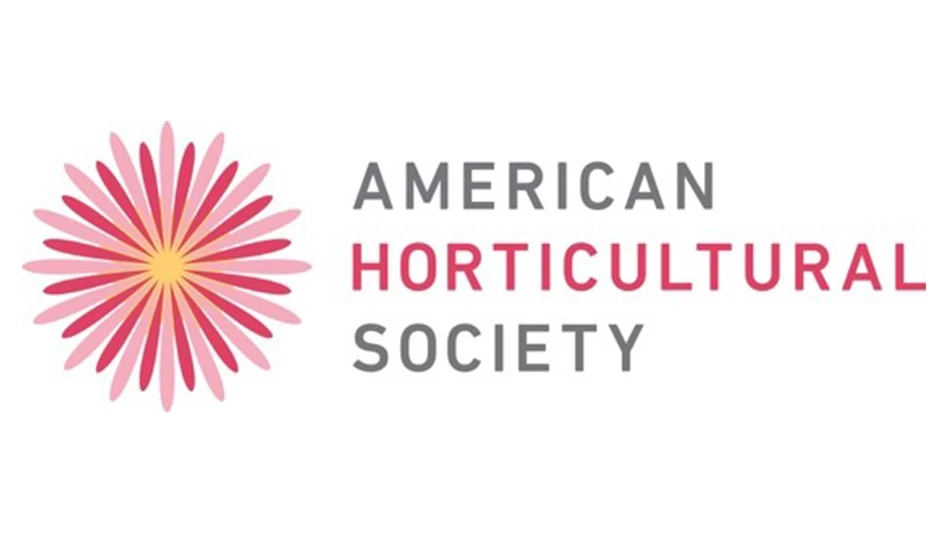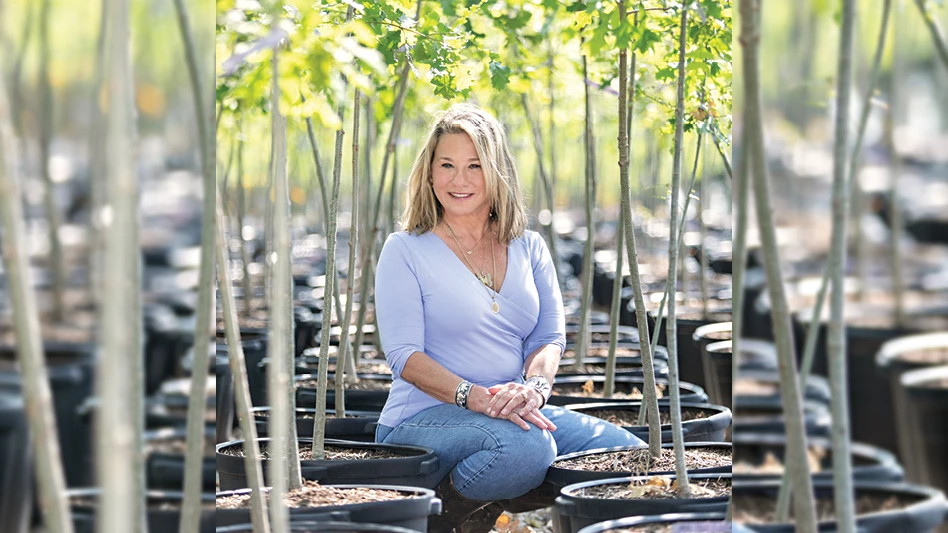
Mycorrhizal fungi provide huge benefits to your crops – from allowing your plants to more efficiently use water and fertilizer, to helping them withstand stress. However, integrating mycorrhizal fungi into your existing production protocols is essential for success. We caught up with mycorrhizae expert, Blair Busenbark from Mycorrhizal Applications for some tips and advice.
Nursery Management: When should a grower plan on applying mycorrhizal fungi?
Blair Busenbark: Mycorrhizal fungi can be applied at any time in the plant’s life cycle, but for the maximum benefit, most growers apply during the seed, plug, or cutting stages of production. The earlier the plants are treated, the easier for the grower to apply and the earlier the plants start receiving benefits from this symbiosis. You apply early to reduce costs, maximize the amount of time the grower sees the benefits, and reduce transplant shock. Self-propagators will need to reapply mycorrhizal fungi if the plant goes though a bare-root phase. Removing the soil from the roots removes the mycorrhizal fungi.
NM: Which application method is ideal for smaller growers?
BB: Smaller growers, or those that want to test the waters with mycorrhizae, tend to gravitate towards implementing a plug/liner dip method. This method involves mixing a product like MycoApply Ultrafine Endo or MycoApply Ultrafine Endo/Ecto with water and immersing plant roots for 10-15 seconds. The key is to keep the suspension agitated.
NM: Which application method is best for medium to large growers?
BB: Medium to larger growers will find that using an injector to apply a mycorrhizal inoculant drench is their best option. For nurseries and conifer seedling producers, the suggested product for this application method is MycoApply Injector Ecto or MycoApply Injector Endo.
For medium to large growers without injectors, a drench application is still the way to go. Just follow your label instructions to use the appropriate rates. Note that you can use a boom sprayer to drench but be sure that the filters you use are no smaller than #50 mesh to avoid clogs.
NM: What about adding mycorrhizal fungi directly to the growing media?
BB: This is also a great option. For growers who make their own mix or buy custom-mixed media, we recommend incorporating a granular product like MycoApply Endo or MycoApply Endo/Ecto at 0.95 lbs. per cubic yard of soil for an optimal amount of propagules.
NM: Some growing media already includes mycorrhizal fungi. Are those good options?
BB: These can be a good option depending on the grower’s operation and the producer of the growing media. If choosing to use a pre-mixed soil with mycorrhizae, we caution growers to verify the incorporation rate. If it’s unclear or insufficient, consider adding MycoApply products to meet the required propagule concentration.
NM: Any other keys to success with mycorrhizal fungi application?
BB: There are three key factors to keep in mind while applying mycorrhizal fungi to your crops. It’s important to ensure mycorrhizae propagules are near plant roots for quick symbiosis. You only need to apply mycorrhizal fungi once per crop cycle – and earlier is better. Most soil-applied fungicides do not affect mycorrhizae, but it can be smart to delay fungicide applications for a time after mycorrhizal inoculation. The delay time is fungicide-specific, so be sure to check our fungicide compatibility charts on mycorrhizae.com.

Explore the April 2025 Issue
Check out more from this issue and find your next story to read.
Latest from Nursery Management
- The HC Companies, Classic Home & Garden merge as Growscape
- Eason Horticultural Resources will now officially be known as EHR
- BioWorks receives EPA approval for new biological insecticide for thrips, aphids, whiteflies
- Ellen Mackenbach-Lakeman appointed new CEO of Dümmen Orange
- Southern Garden Tour sets 2025 dates for trial garden open houses
- New book explores plants that thrive in Rocky Mountains
- American Floral Endowment establishes Herman Meinders Memorial Tribute
- These companies are utilizing plastic alternatives to reduce horticultural waste




